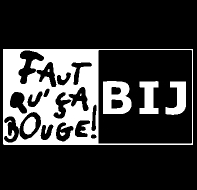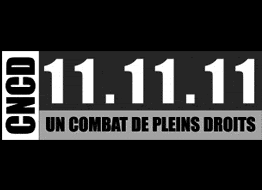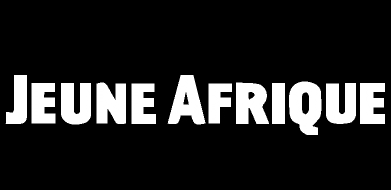Spain/Morocco
Together, despite their physical and cultural barriers, Irene and Youssef decided to co-direct short documentaries about the human consequences of the Spain/Morocco wall along Ceuta, Spain.
Irene Gutiérrez (Spain)
- Age 37
- Sex Female
- Nationality Spanish
- Location Ceuta
- Languages Spanish, English, French
"I was born and raised in Ceuta, a border town between Morocco and Spain. I left it when I was very young and returned 15 years later, when the border fence was built. A time when new residents had arrived. These people were new immigrants, misunderstood, temporarily isolated in detention centers, where their citizenship had been neutralized. These people didn’t understand why Ceuta was not the Europe they had been told. I’m interested in the Connected Walls project in order to collect a mutual experience from both sides of the border. Because this physical space, marked by the border fence, is also an invisible entity which has emerged in the minds of the people who live with it."
Date of Construction
1995
Length
8km around Ceuta
Field Staff
La guardia civil (national guard) and the Moroccan army
Used Materials
Wire fence, barbed wire
Concerned populations
Spanish, Moroccans and Subsaharian migrants
Spain/Morocco
Since 1497 and 1668 respectively, Melilla, a territory measuring 12.3 km2, and Ceuta, measuring 19 km2, form the Spanish enclaves of the Moroccan coast. These border towns are, politically speaking considered as European, while their economic activities are oriented towards Morocco. For many Moroccans, the Spanish presence in North Africa is considered as an accident in History. Several organizations, such as the African Union or the Arab League, don’t recognize the Spanish sovereignty on these two enclaves. In 1985, Spain and several EU countries signed the Schengen Agreement that created an "area" within which the citizens of these countries could move freely while at the same time strengthening security controls on people coming from outside. Ceuta and Melilla became the borders of Europe on African continent.
In the mid-1990s, due to the ever increasing number of migrants attempting to enter Europe, wire-mesh barriers were erected around Ceuta and Melilla. Mainly financed by the European Union, the principal aim of theses barriers is to protect the European continent from Subsaharian immigration. Despite the 6-meter height of the high technology fences, immigrants found ways to climb and cross them. In May 2014, Morocco also took the plunge and decided to build its own 5-meter-high fence along Melilla.
Youssef Drissi (Morocco)
- Age 38
- Sex Male
- Nationality Moroccan
- Location Marrakech
- Languages Arab, Spanish, French, English
"I’m interested in the Connected Walls project because the border is a complex phenomenon, which is regularly tackled only from one single point of view, from one side of the border. I was born in Morocco, and my life has always been about crossing borders and being uprooted. According to me, cinema is the best medium to approach the border, as it will give the chance to the webuser to approach the border experience and all its complexity.."















